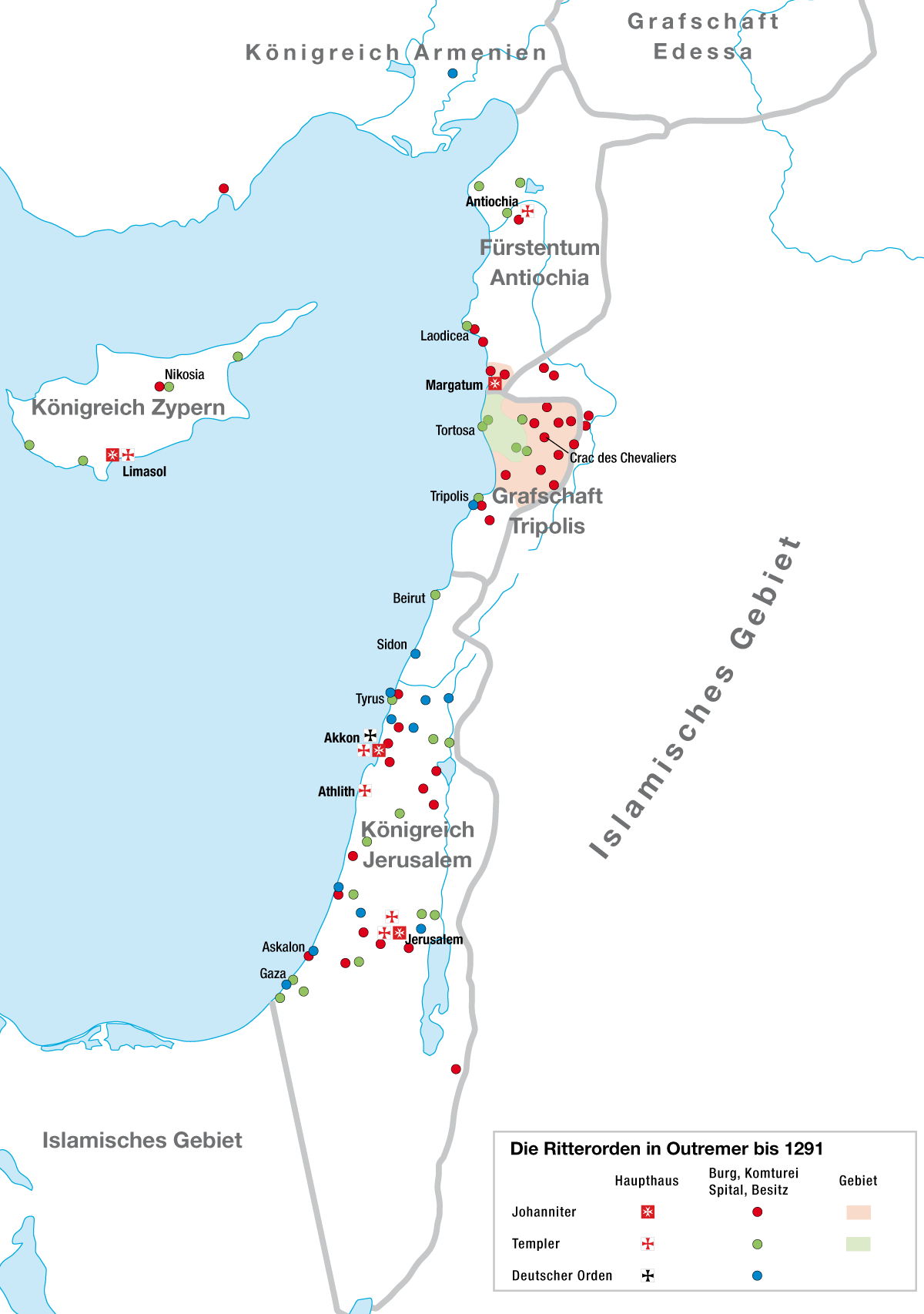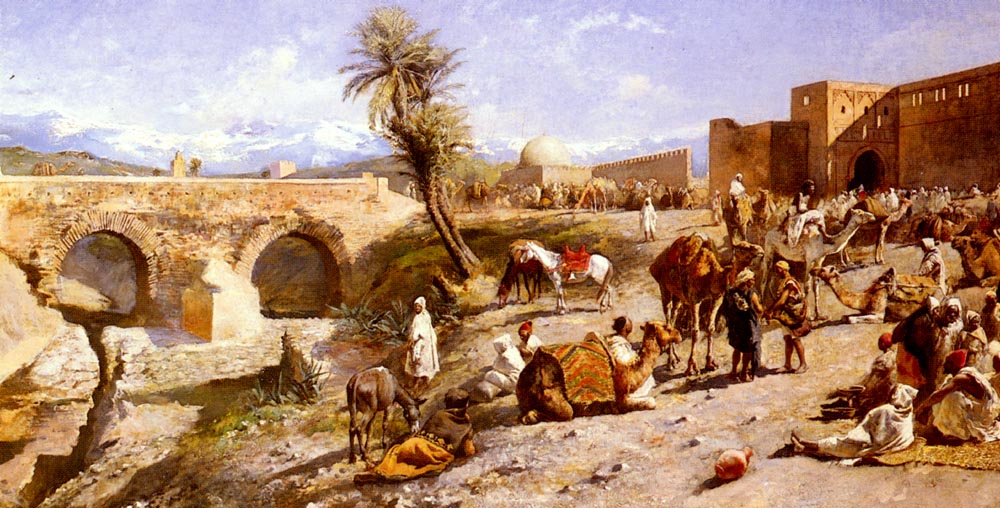|
Ruta Del Tambor Y El Bombo
thumbnail, The drummers gather at Andorra's town hall square The Ruta del Tambor y el Bombo (literally ''"Drum and Bass Drum Route"'') is a celebration of Easter and the Passion of Christ that takes place in nine towns in south-eastern Aragon (Spain), in the province of Teruel: Albalate del Arzobispo, Alcañiz, Alcorisa, Andorra, Calanda, Híjar, la Puebla de Híjar, Samper de Calanda and Urrea de Gaén. During Easter, a number of residents of those towns wear a special tunic and play either the drum or the bass drum at specified moments, also marching during processions. The combination of all the drums playing simultaneously creates a remarkably loud din. The tradition establishes that all drum players must start playing at the same time at a certain moment, emulating the tremor after Jesus death. This beginning is called ''"Rompida de la hora"'' (literally, ''Breaking the hour'') and starts in almost every village on Maundy Thursday at 12 pm immediately after special signal ... [...More Info...] [...Related Items...] OR: [Wikipedia] [Google] [Baidu] |
Calanda, Spain
Calanda is a town in the province of Teruel, Aragon, Spain. It lies on the southern fringe of the Ebro river basin, at the confluence of the Rivers Guadalope and Guadalopillo. The climate is transitional between Mediterranean and Continental. The local economy is based upon agriculture, especially the cultivation of peaches and olives, both of which have Protected Designation of Origin status: ''Melocotón de Calanda'' in the case of the peach production and ''Aceite del Bajo Aragón'' for the olive oil. Other agricultural products are almonds and other fruits as well as some cereals. Historic structures * ''Acueducto de Los Arcos'' * ''Ermita del Humilladero'' (16th century) * ''Templo del Pilar'' (17th century) * ''Iglesia de Nuestra Señora de la Esperanza'' (17th century) * ''Convento del Desierto'' (17th century) * ''Casa Fortón-Cascajares'' (18th century) * ''Casa Buñuel'' (20th century) Notable natives and residents Demographics See also * Miracle of Caland ... [...More Info...] [...Related Items...] OR: [Wikipedia] [Google] [Baidu] |
Luis Buñuel
Luis Buñuel Portolés (; 22 February 1900 – 29 July 1983) was a Spanish-Mexican filmmaker who worked in France, Mexico, and Spain. He has been widely considered by many film critics, historians, and directors to be one of the greatest and most influential filmmakers of all time. When Buñuel died at age 83, his obituary in ''The New York Times'' called him "an iconoclast, moralist, and revolutionary who was a leader of avant-garde surrealism in his youth and a dominant international movie director half a century later". His first picture, ''Un Chien Andalou''—made in the silent era—is still viewed regularly throughout the world and retains its power to shock the viewer, and his last film, ''That Obscure Object of Desire''—made 48 years later—won him Best Director awards from the National Board of Review and the National Society of Film Critics. Writer Octavio Paz called Buñuel's work "the marriage of the film image to the poetic image, creating a new reality...scan ... [...More Info...] [...Related Items...] OR: [Wikipedia] [Google] [Baidu] |
Military Order (monastic Society)
A military order ( la, militaris ordo) is a Christian religious society of knights. The original military orders were the Knights Templar, the Knights Hospitaller, the Order of Saint James, the Order of Calatrava, and the Teutonic Knights. They arose in the Middle Ages in association with the Crusades, both in the Holy Land, the Baltics, and the Iberian peninsula; their members being dedicated to the protection of pilgrims and the defence of the Crusader states. They are the predecessors of chivalric orders. Most members of military orders were laymen who took religious vows, such as of poverty, chastity, and obedience, according to monastic ideals. The orders owned houses called commanderies all across Europe and had a hierarchical structure of leadership with the grand master at the top. The Knights Templar, the largest and most influential of the military orders, was suppressed in the early fourteenth century; only a handful of orders were established and recognized aft ... [...More Info...] [...Related Items...] OR: [Wikipedia] [Google] [Baidu] |
Procession
A procession is an organized body of people walking in a formal or ceremonial manner. History Processions have in all peoples and at all times been a natural form of public celebration, as forming an orderly and impressive ceremony. Religious and triumphal processions are abundantly illustrated by ancient monuments, e.g. the religious processions of Egypt, those illustrated by the rock-carvings of Boghaz-Keui, the many representations of processions in Greek art, culminating in the great Panathenaic procession of the Parthenon Frieze, and Roman triumphal reliefs, such as those of the arch of Titus. Greco-Roman practice Processions played a prominent part in the great festivals of Greece, where they were always religious in character. The games were either opened or accompanied by more or less elaborate processions and sacrifices, while processions from the earliest times formed part of the worship of the old nature gods, as those connected with the cult of Dionysus and the Ph ... [...More Info...] [...Related Items...] OR: [Wikipedia] [Google] [Baidu] |
Urrea De Gaén
Urrea de Gaén is a municipality located in the province of Teruel, community of Aragon, Spain. According to the 2004 census (INE), the municipality has a population of 568 inhabitants. Located in the Lower Martin river area, in the Ebro basin, at the left bank of the Martin river, at 308 meters of elevation. It lies 160 km away from Teruel, the province capital, and 75 km away from Zaragoza, capital of the community. History Urrea de Gaén has known human settlement at least since the Chalcolithic period (2100 BC), as evidenced by ruins and remains discovered in numerous excavations. It was inhabited by tribes of Iberian . Later there was the Roman occupation with a wide network of agricultural settlements (fundus) in the form of villas. A long Muslim occupation and residence (from the eighth century to 1610) left its mark in the local architecture in the Moorish styling of the village. The area was occupied by the Aragonese from the twelfth century, at the tim ... [...More Info...] [...Related Items...] OR: [Wikipedia] [Google] [Baidu] |
Samper De Calanda
Samper de Calanda is a municipality located in the province of Teruel, Aragon, Spain. According to the 2004 census (INE INE, Ine or ine may refer to: Institutions * Institut für Nukleare Entsorgung, a German nuclear research center * Instituto Nacional de Estadística (other) * Instituto Nacional de Estatística (other) * Instituto Nacional Elec ...), the municipality had a population of 984 inhabitants. References Municipalities in the Province of Teruel {{Teruel-geo-stub ... [...More Info...] [...Related Items...] OR: [Wikipedia] [Google] [Baidu] |
La Puebla De Híjar
La Puebla de Híjar is a town and municipality in the Bajo Martín comarca, Teruel province, Aragón, Spain. It has a population of 1,046, an area of 61 km² and is located near N-232 road. This town was the starting point of an abandoned railway line known as "Ferrocarril del Val de Zafán", to Alcañiz, Tortosa and eventually Sant Carles de la Ràpita. Construction work began in 1891, but the last stretch between Tortosa and Sant Carles de la Ràpita was never completed before the line was abandoned. Politics The of La Puebla de H ...[...More Info...] [...Related Items...] OR: [Wikipedia] [Google] [Baidu] |
Híjar
Híjar is a municipality located in the province of Teruel, Aragon, Spain. In 2009 the municipality had a population of 1,900 inhabitants. The town is noted for the well-preserved, 15th century Synagogue, and for the Gothic-Mudejar church of ''Santa María la Mayor''. Twin towns * Tobarra Tobarra is a municipality in the province of Albacete in Spain, with a population of c. 8,000 as of 2009. The area is famous for its "Moniquí" variety of apricots, its drum processions (''tamboradas'') and its Holy Week observances, declared by ..., Spain Municipalities in the Province of Teruel {{Teruel-geo-stub ... [...More Info...] [...Related Items...] OR: [Wikipedia] [Google] [Baidu] |
Andorra, Teruel
Andorra is a town and municipality of Teruel province in the autonomous community of Aragon, Spain. It should not be confused with the Principality of Andorra or its capital, Andorra la Vella, 236 km (147 miles) away. In 2019 the municipality, which covers an area of 141.36 km², had 7,472 inhabitants, giving it a population density of 53 inhabitants per km². Andorra is the capital of the Aragonese ''comarca'' of Andorra-Sierra de Arcos and is located in a region where there is much mining activity. The town's patron saint is St Macarius. Administration The mayor of Andorra is Mr Antonio Amador Cueto, of the Socialist party Socialist Party is the name of many different political parties around the world. All of these parties claim to uphold some form of socialism, though they may have very different interpretations of what "socialism" means. Statistically, most of t .... References External links Aerial view of the town of Andorra, Teruel Province, Spain (Google ... [...More Info...] [...Related Items...] OR: [Wikipedia] [Google] [Baidu] |
Easter
Easter,Traditional names for the feast in English are "Easter Day", as in the '' Book of Common Prayer''; "Easter Sunday", used by James Ussher''The Whole Works of the Most Rev. James Ussher, Volume 4'') and Samuel Pepys''The Diary of Samuel Pepys, Volume 2'') as well as the single word "Easter" in books printed i157515841586 also called Pascha (Aramaic, Greek, Latin) or Resurrection Sunday, is a Christian festival and cultural holiday commemorating the resurrection of Jesus from the dead, described in the New Testament as having occurred on the third day of his burial following his crucifixion by the Romans at Calvary . It is the culmination of the Passion of Jesus Christ, preceded by Lent (or Great Lent), a 40-day period of fasting, prayer, and penance. Easter-observing Christians commonly refer to the week before Easter as Holy Week, which in Western Christianity begins on Palm Sunday (marking the entrance of Jesus in Jerusalem), includes Spy Wednesday (on whic ... [...More Info...] [...Related Items...] OR: [Wikipedia] [Google] [Baidu] |
Alcorisa
Alcorisa is a municipality in the province of Teruel, Aragon, Spain. According to the 2018 censusInstituto Nacional de Estadística (Spain) the municipality has a population of 3,276 inhabitants. Alcorisa is located right by the N-211 road, 13 km to the SW of Calanda. This town is part of the Ruta del tambor y el bombo. See also * Bajo Aragón *List of municipalities in Teruel This is a list of the municipalities in the province of Teruel in the autonomous community of Aragon, Spain. There are 236 municipalities in the province. See also List of Aragonese comarcas. See also *Geography of Spain *List of cities in Sp ... References External links Bajo Aragón Comarca [Baidu] |


